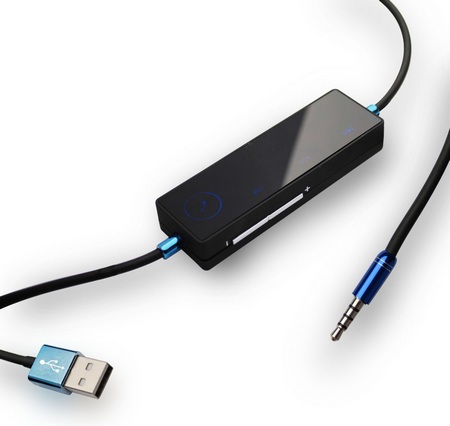The history of mobile PC s
1968
Dynabook Alan Kay developed a
portable computer to introduce children to the
electronic media. The graphical user interface with
icons became a prototype for most operating systems
even today.
1981
Osborne 1 The Osborne Computer
Corp was the first to introduce a portable
computer in the market. It weighed more than 10 kilos
and there was no battery. At that time, the software
that it could load using two 5.25-inch floppies
usually cost more than the computer itself
1982
GriD Compass 1100
With a flat screen integrated into the
hinged lid and an ultra-light magnesium
body, Bill Moggridge’s GRiD was the
undisputed technology leader. However at
$10,000, this mobile PC was so expensive
that only the US military and NASA could
afford it.
1983
Compaq Portable
Compaq introduced the first IBMcompatible
laptop into the market. Heavy and without a battery, it did
not sell very well in spite of running the MS-DOS operating system
1984
Gavilan SC Gavilan introduced
the first touchpad which was attached
to the keyboard. The computer had a typical
foldaway form and used an LCD screen as
well as the MS-DOS compatible Intel-80186 cpu.
1985
Bondwell 2 Even though the
CP/M era was over, the Bondwell 2
became a success. With 64 KB of
memory, a 3.5-inch disk drive and an
LCD screen, it was the top dog in the
early laptop scene.
1988
Compaq SLT 286The SLT286 was equipped
with a battery, hard disk and a flat LCD screen.
The screen offered full VGA resolution. It
was mainly bought by businessmen—no wonder,
considering that the purchase price was the
same as a mid-range car.
1997
USB interface After the USB
interface was introduced, almost
every peripheral device could be
connected to a notebook. Portable
devices suddenly became universally
usable.
1999
Wi-Fi for everyone Thanks to wireless
networking, notebooks finally
became fully free of wires. Hotspots
started springing up, connecting
notebooks to the Internet and to
office networks from almost
anywhere.
2008
MacBook Air More than hardware
and software features, physical
design has started to become an important
consideration for buyers. Multitouch
gestures were a great feature, but this
device sold mainly for its looks and attitude.
Dynabook Alan Kay developed a
portable computer to introduce children to the
electronic media. The graphical user interface with
icons became a prototype for most operating systems
even today.
1981
Osborne 1 The Osborne Computer
Corp was the first to introduce a portable
computer in the market. It weighed more than 10 kilos
and there was no battery. At that time, the software
that it could load using two 5.25-inch floppies
usually cost more than the computer itself
1982
GriD Compass 1100
With a flat screen integrated into the
hinged lid and an ultra-light magnesium
body, Bill Moggridge’s GRiD was the
undisputed technology leader. However at
$10,000, this mobile PC was so expensive
that only the US military and NASA could
afford it.
1983
Compaq Portable
Compaq introduced the first IBMcompatible
laptop into the market. Heavy and without a battery, it did
not sell very well in spite of running the MS-DOS operating system
1984
Gavilan SC Gavilan introduced
the first touchpad which was attached
to the keyboard. The computer had a typical
foldaway form and used an LCD screen as
well as the MS-DOS compatible Intel-80186 cpu.
1985
Bondwell 2 Even though the
CP/M era was over, the Bondwell 2
became a success. With 64 KB of
memory, a 3.5-inch disk drive and an
LCD screen, it was the top dog in the
early laptop scene.
1988
Compaq SLT 286The SLT286 was equipped
with a battery, hard disk and a flat LCD screen.
The screen offered full VGA resolution. It
was mainly bought by businessmen—no wonder,
considering that the purchase price was the
same as a mid-range car.
1997
USB interface After the USB
interface was introduced, almost
every peripheral device could be
connected to a notebook. Portable
devices suddenly became universally
usable.
1999
Wi-Fi for everyone Thanks to wireless
networking, notebooks finally
became fully free of wires. Hotspots
started springing up, connecting
notebooks to the Internet and to
office networks from almost
anywhere.
2008
MacBook Air More than hardware
and software features, physical
design has started to become an important
consideration for buyers. Multitouch
gestures were a great feature, but this
device sold mainly for its looks and attitude.









0 comments:
Post a Comment